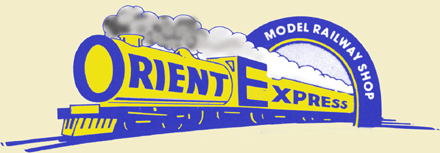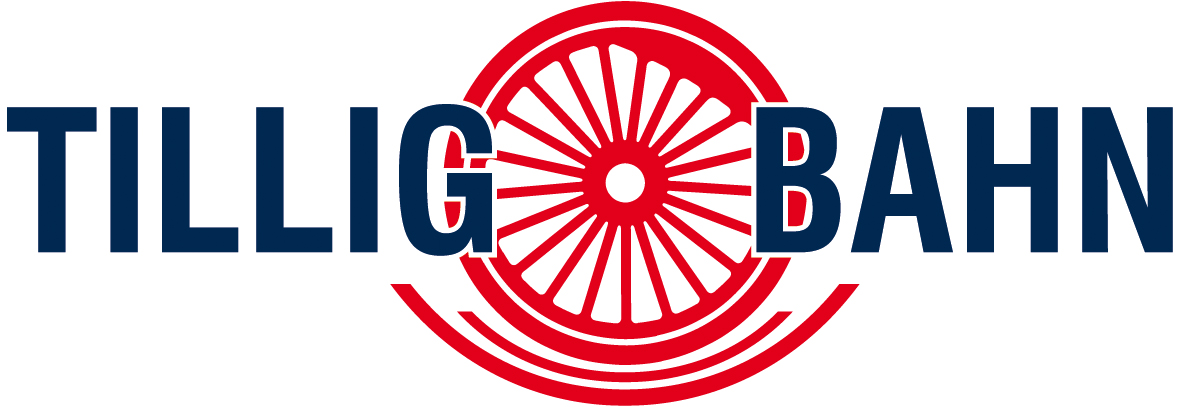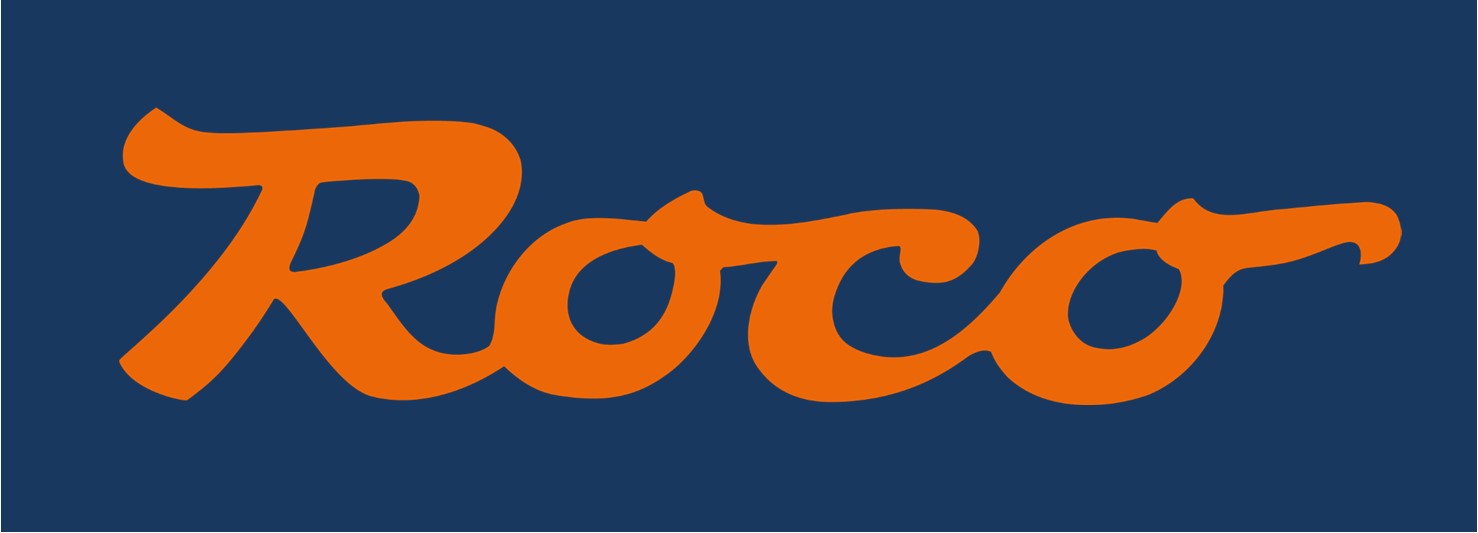

How to select a track system?
These days we have a lot of choice, that's the good news! Most major brands offer their own track system and they vary a lot. Below you find some details about the track system we regularly carry in stock. Ask us to show you samples to compare and find your preferred option.
Each track system is generally denominated by a 'Code xx', which is the height of the rail measured in 1000th of an inch, so Code 100 refers to rail .100" or 2.5mm in height, Code 83 refers to rail .083" or 2.1mm high and so on. A smaller value indicating a finer, more realistic rail. The only limit is the depth of the flanges of the wheels you use, such that they don't 'run on the sleepers'.
The most common track systems used over the last 20-30 years are Code 100 (i.e. Hornby, Lima, Peco) but these days there is a tendency to use finer, more realistic track. Early prototype railways used very lightweight rail, which are represented by very fine rail (i.e. code 55 in HO), but modern mainline track uses much heavier rail, which is similar to Code 83 rail (HO) or Code 55 in N Scale.
We recommend to use 'Set Track' (rigid track pieces to a given geometry) for all smaller layouts and where even radius curves are required (i.e. helix), use Flex Track on permanent layouts only and avoid joining in tighter curves.

The Tillig Elite track system is probably the most realistic track available for many prototypes. Constructed using very fine narrow Code 83 rail, it is pre-weathered, includes a very large range of points (most of them semi-flexible!), Double & Single Slips and flexible wooden, concrete and steel track. Due to the fine rail and rail chairs recommended for experienced users. Ask for a track brochure.

Roco uses Code 83 rail for their HO range (no N scale, see Fleischmann), two different versions are available:
RocoLine comes either with or without integrated rubber ballast. Large range of 'Set Track' including large radius curves, 15deg and 10deg points, flexible track and long rigid straight track. The geometry is very easy to use and plans can be made up quickly. In many ways the easiest to use system including pre-wired points. Standard parallel track spacing is 61.6mm. The rubber of the pre-ballasted track can be cut with scissors and has a prototypical cross section.

Peco is about the only manufacturer, which produces almost exclusively track for model railways in about every scale and is traditionally
widely distributed in British influenced countries. The traditional HO Code 100 'Set Track' is geometrically identical with the Hornby track
system, 4 track radii, standard and curved points, and crossing. Their 'Streamline' Track system with a good variety of points (various radii
but always 12 deg angle), Double Slips and accessories is widely available in
HO: Code 100, Code 83 (US sleeper spacing) and Code 75
N: Code 80 and Code 55
Ask for details in other scales!

Fleischmann 'Profi Track' is a pre-ballasted track for both HO and N scale, but with lesser height. The ballast base has a courser look compared to RocoLine. Code 100 in HO and Code 80 in N scale. Easy to use, rigid connections, Standard and Curved points, Double Slips and 4 radii Set Tracks and Flexible version available.
For N scale there is also the option of the unballasted track (original Roco N Scale) with a reasonable range in code 80 available.

Flextrack, set curves and points for HOm narrow gauge.